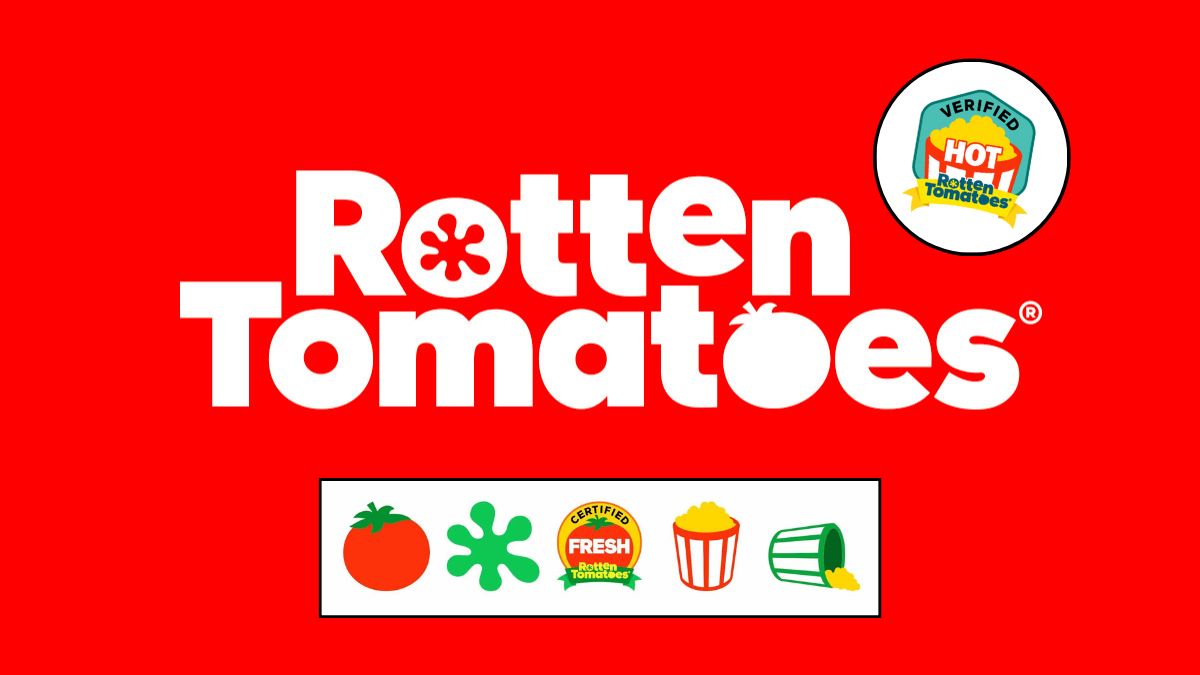Let’s get rhetorical for a moment here. Is Rotten Tomatoes a completely flawless hub for generating visible consensus on films and television shows? No, far from it. Is every Rotten Tomatoes-approved critic approaching the craft with the intent of developing readers’ relationship to good media, helping to improve the films of tomorrow, and calling out those who use their industry privilege to churn out uninspired glut? Sadly, no.
But does this mean audience scores should be regarded as the most reliable saving grace from a few rough-to-bad seeds and a flawed system that, realistically, can’t not be flawed? Well, this is perhaps the most resolute “no” of all, so why is this particular meter being buffed up with a “Verified Hot” badge on the review-aggregation site?
What is Rotten Tomatoes’ new “Verified Hot” badge?
As you can see in the tweet above, the new “Verified Hot” badge is a specially stylized cosmetic reserved exclusively for films that get a Verified Audience Score of 90% or higher. This is different from regular Audience Scores, as Verified Audience Scores only count those who have verified accounts on Rotten Tomatoes, leaving a fair shake of review-bombers and Snyderbots out of the equation.
The badge is live on the site as we speak. If one were to peep Deadpool & Wolverine‘s Rotten Tomatoes page, which currently sits at 95% from over 25,000 verified ratings, they’ll notice that the Verified Hot badge is nestled where the full bucket of popcorn once stood.
Replies to this news are as expected — many people are calling it a win, as it elevates the importance of audience scores, which several moviegoers agree is the only one they hold of value.
And yet, all of these replies seem to be missing a very big, very glaring point that simultaneously points to the problem with audience scores. This badge is a contrived vanity stamp that doesn’t actually change anything.
Movies that have over a 90% audience approval rating are still going to have over a 90% audience approval rating; no consensus is changed, and no one will think any differently about the movie in question. It’s faux validation through and through, and that’s not dissimilar to what audience reviews actually represent: the need to be validated in a space that no one wants to put any effort into contributing to.
The big problem with the new “Verified Hot” badge
Consider the above tweet. It is, again, true that there are plenty of insincerely-rooted reviews that adjust the critic score in a way that’s not ideal. But critics are required to give long-form thought to these movies, meaning they can’t just stamp out a quick consensus from their phones as audience members can. This results in audience scores being made up of “reviews” that exceed the number of critic reviews by an astronomical amount. That’s the first half of the problem. The second half is that many of these audience reviews don’t consider why a movie is good or bad based on the context it exists in or the ideas it examines, but whether or not they were passively entertained or at least not completely bored.
And that’s just one example. How many of these audience reviews are parents who grade a film based on how suitable it was for their children, leading to some rock-bottom scores for Deadpool & Wolverine despite the fact that it’s an R-rated film whose level of prestige should absolutely not be rooted in how suitable it is for children?
How many of these audience reviews are folks who base their entire personality around one or two IPs and try to engage with a film the same way they would engage with that IP, not realizing that approaching art in an ideological vacuum is disingenuous and frankly unhealthy?
How many of these audience reviews are posted from a place of profoundly poor media literacy; the kind that led to films like Fight Club being co-opted by all the wrong people for all the wrong reasons so many years ago?
Liking something is one thing, but it’s quite another to really engage with art and unpack the “why” behind its value. You are much more likely to find the latter in the reviews that make up the critic consensus instead of the audience consensus. And if you feel bothered or challenged by that, then maybe you’re not as confident about the audience score’s superiority as you think.

